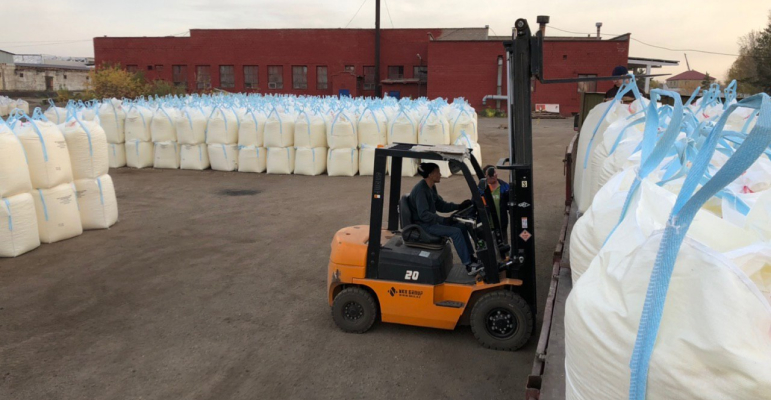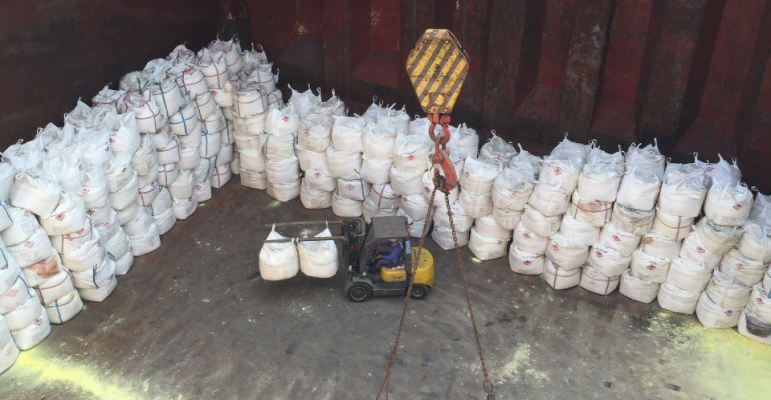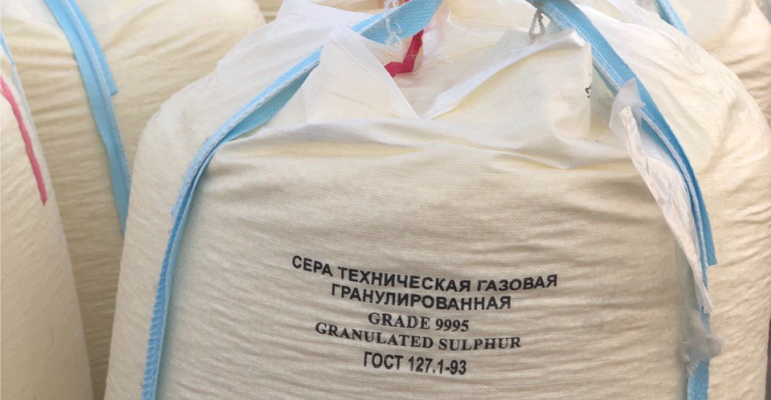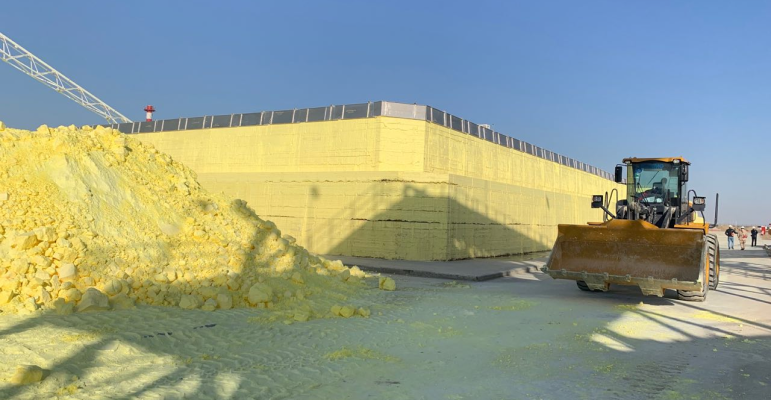



A dense carbon mass known as petroleum coke is produced when refining crude oil. Coke is utilized most frequently as an anode mass in the aluminum sector, and graphite electrodes are employed in the steel industry. Principal indications of petroleum coke quality include sulfur, ash, moisture, volatile compounds, and granulometric makeup.
Calcined petroleum coke is created by subjecting high-quality green coke to extremely high temperatures, which drives off any remaining moisture and hydrocarbons and leaves behind a dense carbon mass excellent for conducting electricity. Producing aluminum from raw bauxite ore requires the use of calcined coke. The percentage of carbon in it is more significant than 97%.
| CPC | |
|---|---|
| Moisture | <0.5 |
| Ash content | <0.6 |
| Sulphur | <2 |
A solid carbonaceous material, green petroleum coke is produced by coking refinery leftovers. Depending on its sulfur and metal concentration, raw coke can be used as a fuel or in creating anode mass.
| GPC | |
|---|---|
| Moisture | <3 |
| Volatile matter | <12 |
| Ash content | <0.6 |